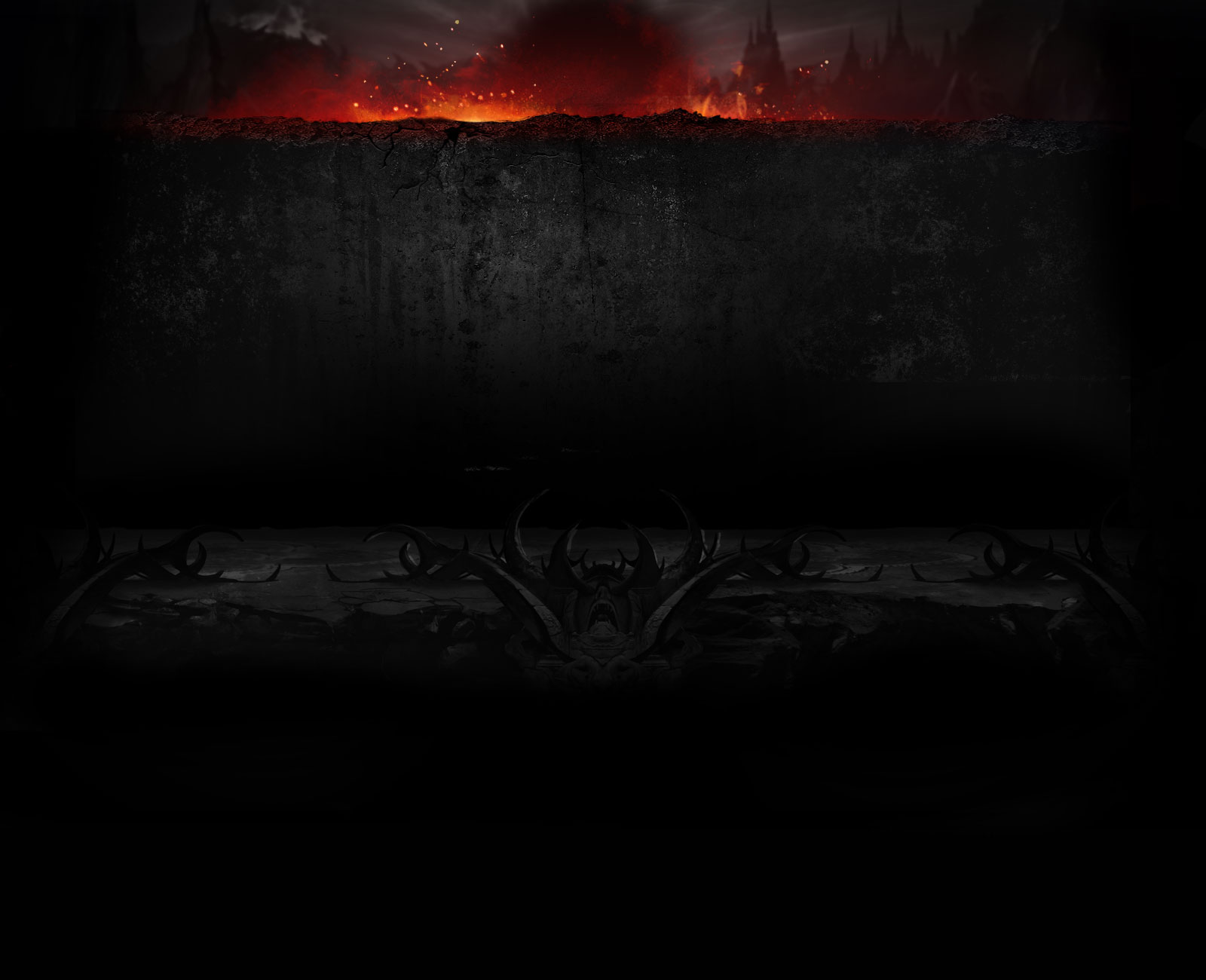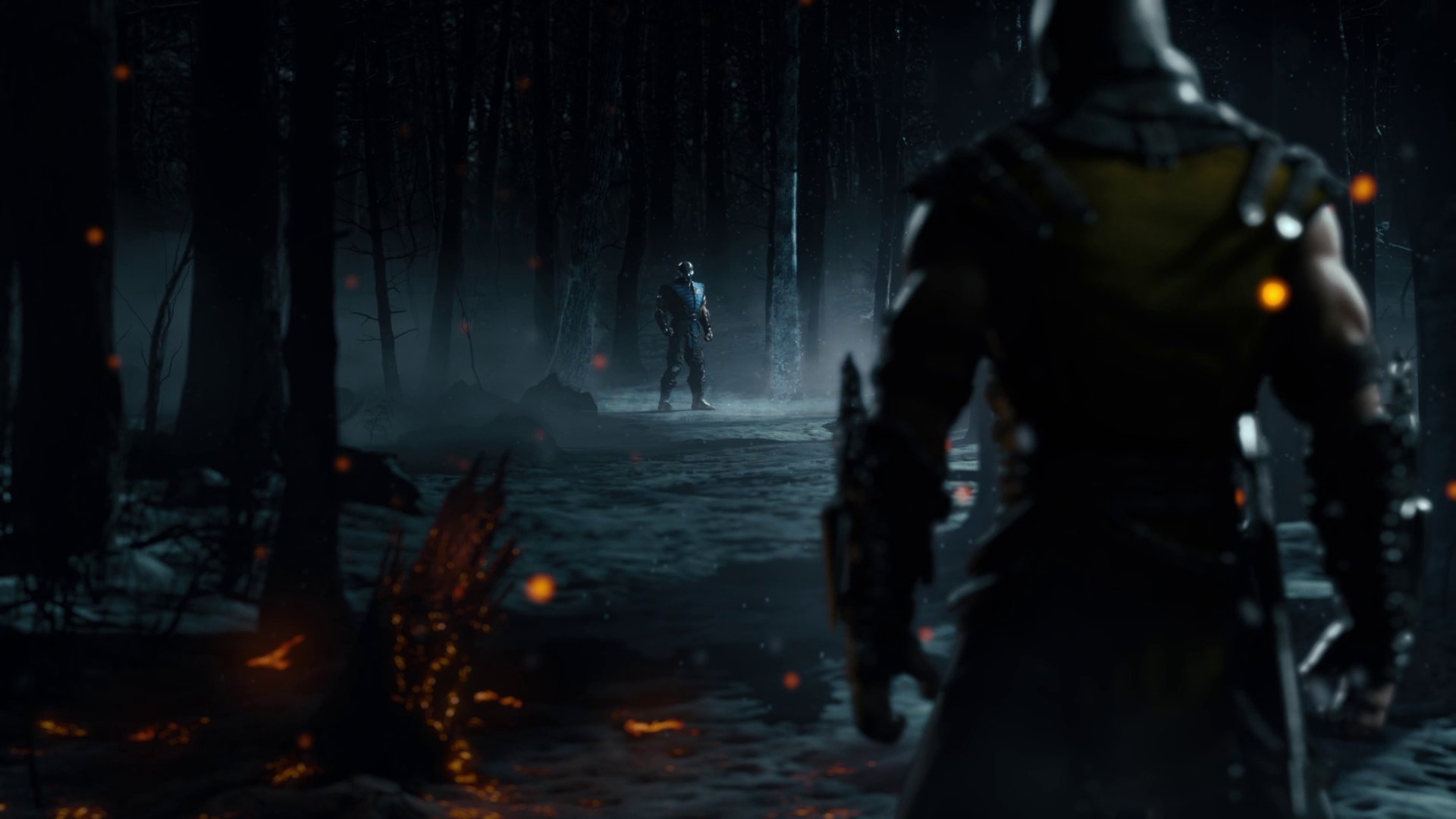That's what reactable actually is in real matches. Moves that you're in the middle of a match, it's thrown at you in any scenario, you see it, and you block it. Anything not fitting this description in real gameplay from skilled players is unreactable.
Now I’m the one confused. What about what I said is even remotely close to being confrontational?
You said “I'm confused, is this arguing that a 24f OH is or isn't reactable?”. And the answer to that is literally in the last paragraph of the post you quoted. I figured that since it was a longer post that maybe you overlooked it. Idk how else to say that other than copy pasting it. But I am a bit autistic so maybe I’m wrong. My bad if so
I don’t believe his reaction times in the video he posted are relevant because I don’t believe they were an accurate representation of his actual reaction times. He was just showing an example while recording and talking, which is actually fairly difficult to do at least for me. Aside from that, that was a “pure reactions” test. Well I guess it depends on if he’s ever done that test before or played the game, but judging by how he talked about it, it didn’t seem like he had. Or at least isn’t familiar with the MU. Anyway, I think I mentioned this in my OP but can’t remember, but I define “pure reacting/reactions” as pretty much reacting to something you’ve never seen before. So if you have never seen the animation of a certain overhead for whatever reason and you try to react to it, that’s a “pure reaction” and my point was that this almost doesn’t exist in fighting games. At least not for experienced players. And that a “pure reaction” is much different than how reacting to things works in FG’s. There is a balancing of the scales with that a bit when you factor in mental stack though. Which is why I mentioned that in my OP.
As far as the GG react test he did, like I said, he was just showing how it works while filming. He even noted that if he actually took the time to practice that he’d get much better times. But even him “purely reacting” WHILE talking and making a video, he got an average of 25f’s. Which he admitted was a slow reaction time which is why he said that if he actually sat down and essentially “tried” he’d get a much better time. And to be clear, I do agree with his assessment that anything 20f’s and above in FG’s is reactable for experienced players. But again like I said in my OP, it depends on how you’re defining “reactable”.
It seemed pretty confrontational to me considering my response to your initial post seemed pretty clear in addressing that your initial post had a lot of contradicting statements like talking about how "reacting" to things in FGs is made up of a lot more than just pure reactions, but then ending the post with cut-and-dry static "windows" of frame data that are varying degrees of reactable based off of reaction tests, where there are no reads, or conditioning, or anything else that exists in FGs. Having seen an animation before (not "purely reacting") isn't going to decrease your reaction time in a situation where you have to think about multiple other possible options and outcomes, rather it will 100% net
increase your time to react.
-
Adding a TLDR here after writing this: its more of the same "you're wrong I'm right" where no one's going to actually change their opinion etc., I just wrote a book rehashing the whole conversation but I'm posting it anyway because idc - so skip if you want.
-
Don't you think that a canned reaction time game, where the only thing you need to do is react to a single thing happening and act accordingly, should have faster reaction times then when you add additional complexity?
Running through this one more time - he starts with the normal reaction time tester. All he is doing is reacting to a screen changing from one color to another, then clicking - this theoretically yields the fastest times, what he is saying is the "edge of reactability" which is 16-19 frames, just as you quote in your initial message - I definitely agree that he could get this up if he practiced. The "pure reacting" you talk about happens with games like this, not FGs - where you are reacting to a single stimulus and performing a single action, no other comlicating variables exist. Everying past this is going to get slower, not faster, even if you've seen the animation before.
Next he does the Millia Blocker, which is slightly more complex because he is reacting to an animation, vs. a whole screen color change, but the input required barely changes - a click vs. up arrow. Funny enough, his reaction times are
faster here, and that's because he actually starts trying - you see it happen the second time he does the test, he stops talking and focuses for a few rounds, which results in scores between 22.5-27.3 frames. The only added complexity from one test to another was the visuals of the stimulus to react to, and without even considering his scores, the
expected scores increase by a good number of frames. What happens when animations aren't so telegraphed, or you need to think about their various options, your punishes, etc. etc.? Are we really going to say that this additional mental stack isn't even giving the same amount of difficulty increase that we saw from reaction test to Millia Blocker?
I think his reactions shown are relevant and useful to this discussion, because
even if you say he was somewhat distracted by talking (the scores I listed above were from when he focused up) - he's still at or over the reaction time of reacting to things people are calling "reactable," and him talking is adding a very minor additional mental stack that is likely below what we'd expect from a FG.
I think arguing the definition for "reactable" is just getting into semantics and a waste of time, but for what it's worth, I think you can't say a move is truly reactable if its possible to land a hit on a professional player with the move, without it being a counter hit / punish. This brings us back to where we started, where Dave was trying to say a 24f OH is useless and only catches people trying to micro duck (??? lmao).
Sub Zero's b2 is 24f, just like Sektor's, but imo its animation is 10x more telegraphed - and over the last year + we've seen many many people get opened up by it in tournament. 24f is a slow normal - so people are way more likely to react to it than something 16-19 frames, of course - but Sub has 0 mixup between b2 and any other button / situation outside of some kameo HTB, so theoretically if it was truly 100% reactable, a professional player who has seen the Sub b2 animation 100s of times before should be able to block it every single time, yet that doesn't happen.






